At the beginning of the 4-part mini series about Expo, you’ll learn what Expo is, what its main ideas are, how its name came about and about its “synonym” – the World’s Fair.
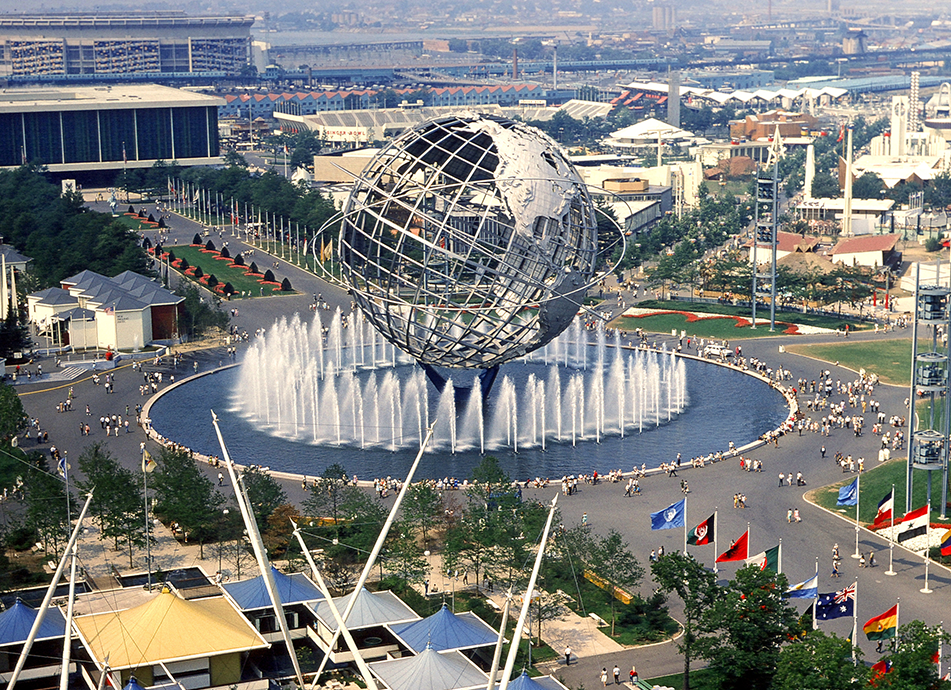
World’s Fair
The World’s Fair is a large international exhibition designed to showcase the achievements of nations. These exhibitions are of different nature and take place in different parts of the world at a specific location over a period of time, usually three to six months.
The term “world’s fair” is a name predominantly used in the US. In French, the term Exposition universelle (“universal exhibition”) is used; in other Romance languages, such as Spanish, Italian and Romanian, a translation of the French term is used. In the non-Romance languages of Europe and in Asia and the Middle East, World Expo or Specialized Expo are commonly used.
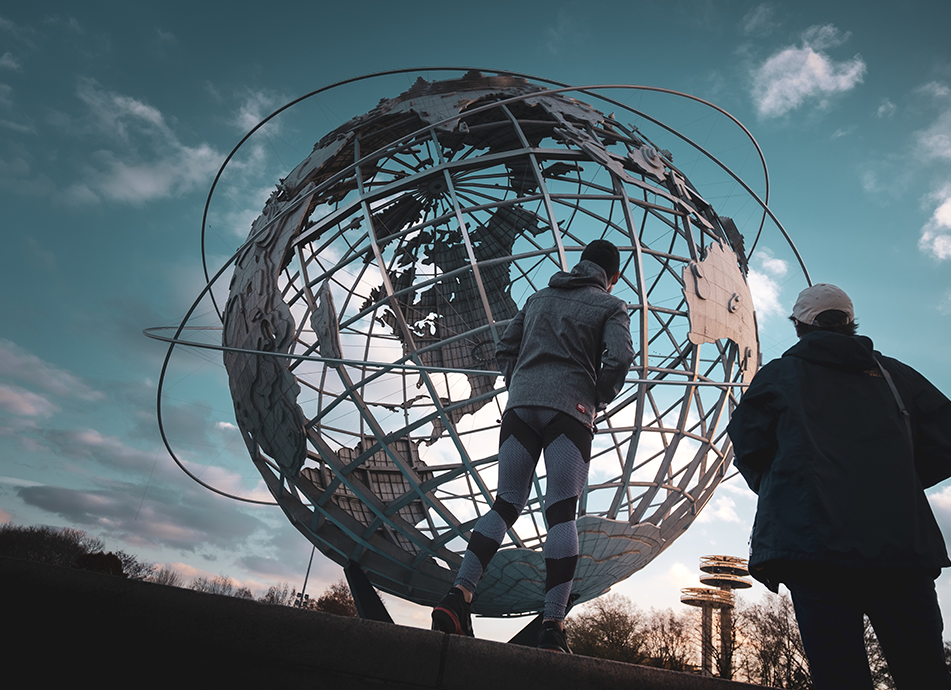
Since the entry into force of the 1928 Convention on International Exhibitions, the Bureau International des Expositions has served as the international sanctioning authority for international exhibitions. Under the auspices of BIE, four types of international exhibitions are organized: World Expos, Specialized Expos, Horticultural Expos (regulated by the International Association of Horticultural Producers) and the Milan Triennial.
Today, 170 member countries comply with the BIE Convention. Zimbabwe entered on July 5, 2021 and became the 170th member.
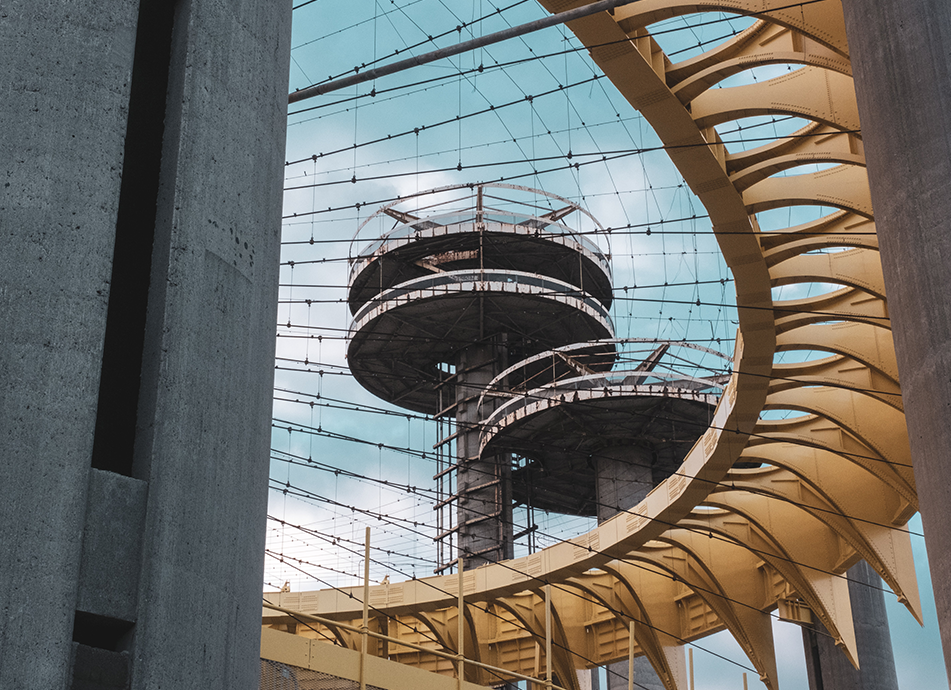
World Exhibition Expo
The World’s Fairs, officially known as the International Registered Fairs, are a global gathering of nations dedicated to finding solutions to the pressing challenges of our time by offering a path to a universal theme through engaging and immersive activities. The World’s Fairs welcome tens of millions of visitors, allowing countries to build exceptional pavilions and transform the host city for years to come.
The first World Expo – the Great Exhibition – took place in London in 1851. This concept has become popular and repeated around the world, demonstrating the unique power of attraction and the world heritage record. Since the founding of the BIE in 1928, in order to regulate and monitor these mega-events, world exhibitions have been explicitly organized around a theme that seeks to improve human knowledge, take into account human and social ambitions, and emphasize scientific, technological, economic and social progress.

In modern times, world exhibitions are unrivaled among international events in size, scope, duration and number of visitors.
They are large-scale platforms for education and progress that serve as a bridge between governments, companies, international organizations and citizens.
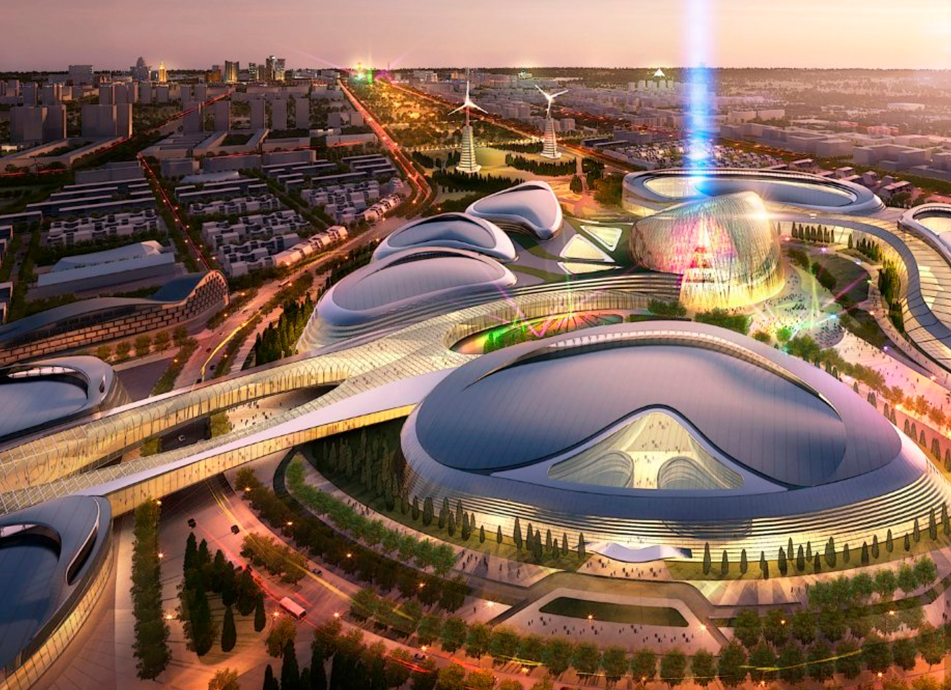
The current World’s Fair Expo 2020 (postponed due to the covid pandemic) takes place in Dubai, United Arab Emirates from October 1, 2021 to March 31, 2022.
Our company bart.sk got a unique opportunity to be one of the exhibitors in the Slovak pavilion in the thematic block Health & Wellness, where we present digital products that improve life, especially in the field of health and sports.
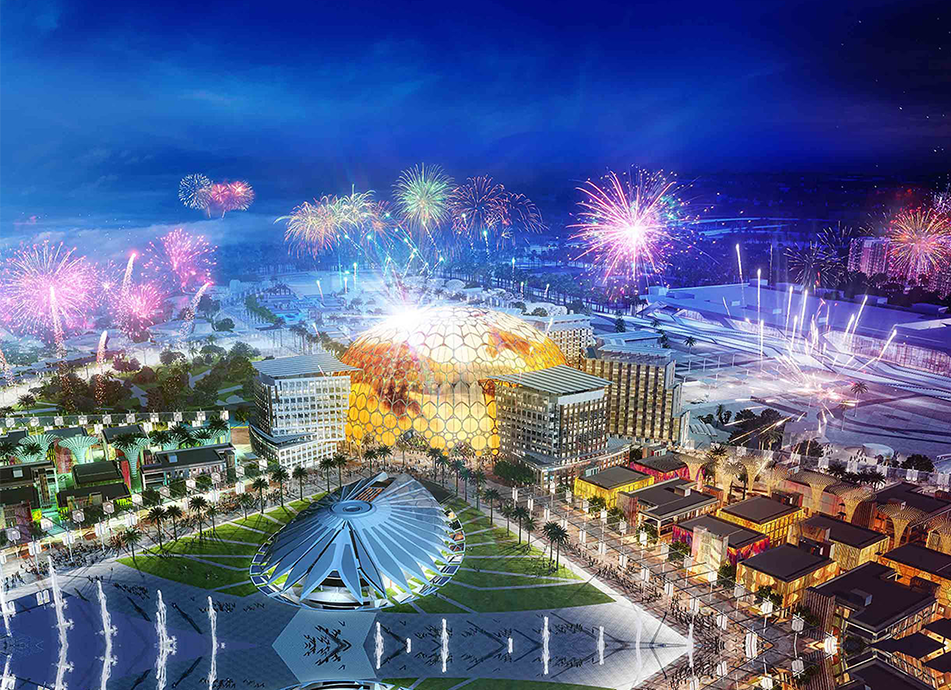
Global cultural events
As you read above, the Expo exhibitions bring current challenges and the pinnacle of human progress.
These global cultural events, for example, inaugurated television broadcasting (New York 1939), built the Eiffel Tower (Paris 1889), and introduced the world to the Ferris wheel (Chicago 1893) and many others. We will talk more about the history of the expo in the next section.







